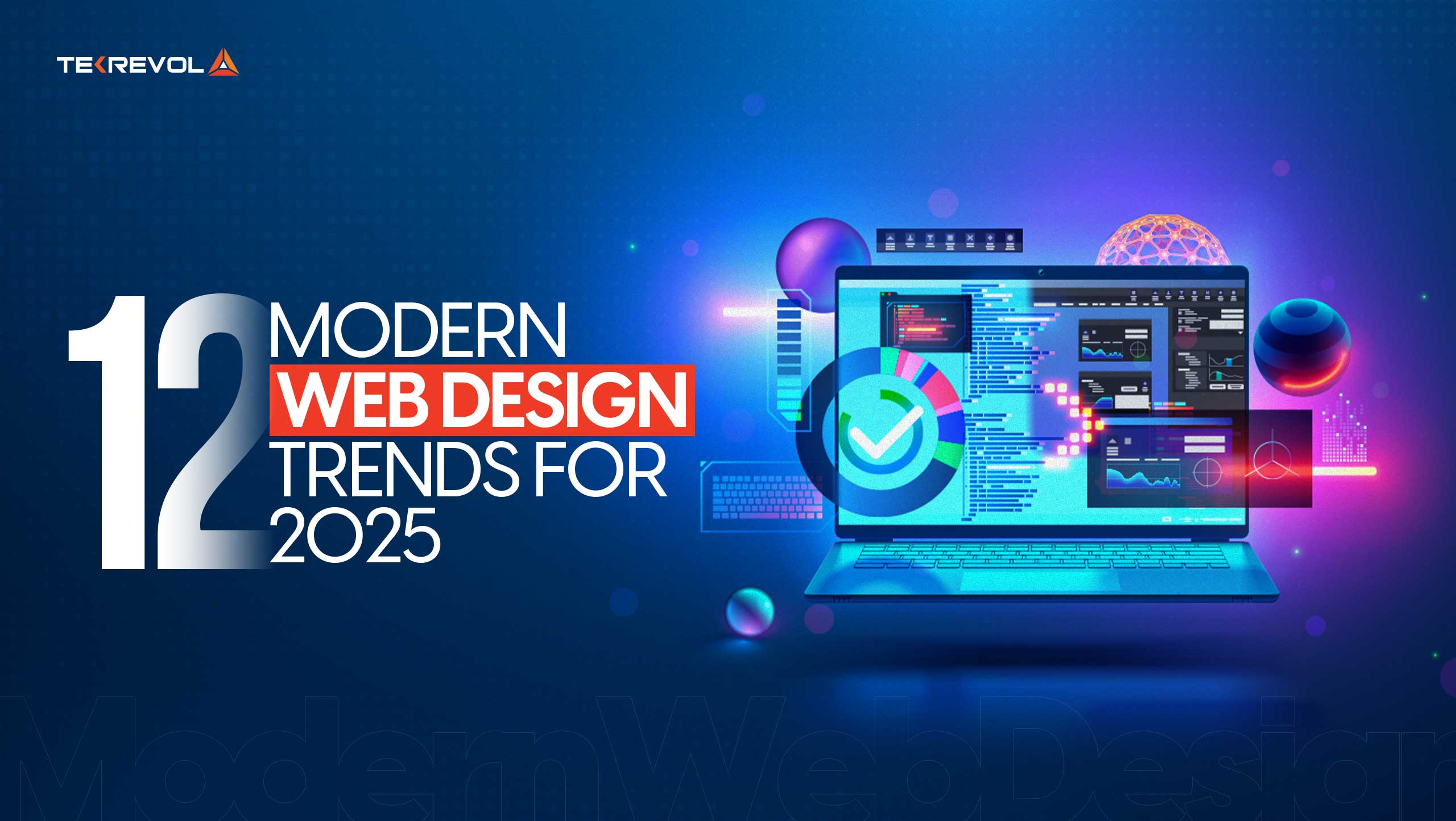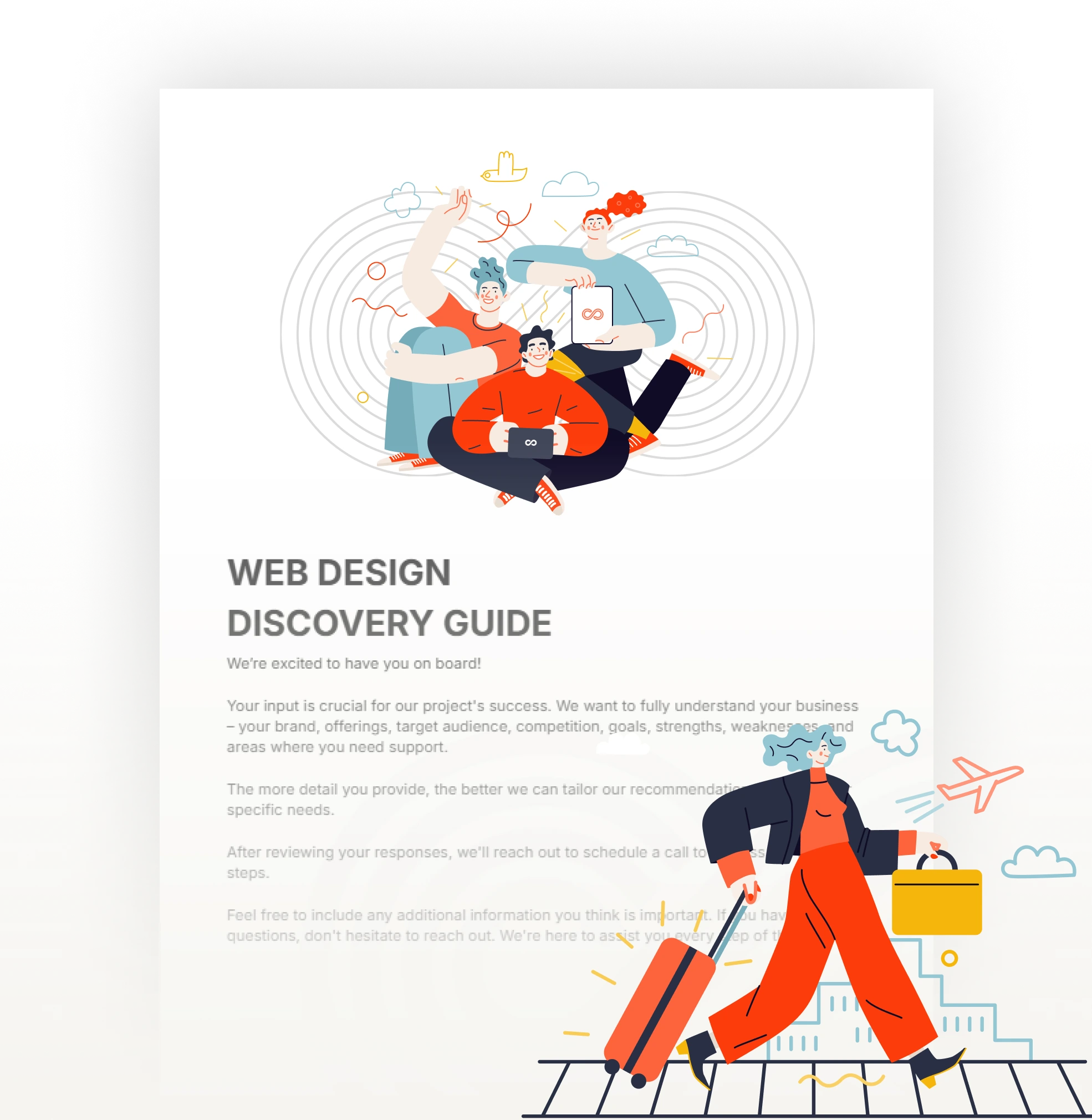Aligned Position Web Design: Creating Custom Websites That Drive Traffic and Increase Conversions
Aligned Position Web Design: Creating Custom Websites That Drive Traffic and Increase Conversions
Blog Article
The Most Effective Sorts Of Website Design to Improve Customer Experience and Involvement
In the ever-evolving landscape of digital communication, the efficiency of Web design significantly influences individual experience and involvement. Different layout methods, such as minimalist, receptive, and interactive layouts, each deal one-of-a-kind advantages that can deal with varied customer requirements. Recognizing which types of website design best serve these objectives can be pivotal for businesses intending to boost consumer satisfaction and retention. Nonetheless, the inquiry remains: which design components truly resonate with individuals and foster purposeful engagement? The exploration of these principles reveals important insights that may redefine your strategy to Web layout.
Minimalist Website Design
As digital landscapes end up being progressively cluttered, minimalist Web style has become a powerful strategy to boosting customer experience. This style ideology focuses on simpleness, focusing on vital components while getting rid of unnecessary interruptions. By utilizing ample white space, straightforward navigation, and a minimal shade combination, minimalist layout cultivates quality and guides user focus to crucial content.
The core concept of minimal Web layout is to create a smooth interaction for customers. By reducing cognitive load, users can swiftly grasp details without feeling bewildered. This direct strategy not just improves usability however additionally encourages interaction, as visitors are most likely to discover a website that is easy and visually attractive to navigate.
Additionally, minimal layout commonly emphasizes typography and images, using these elements strategically to share messages effectively. This emphasis on important elements can boost brand name identity and develop a remarkable user experience. Basically, minimalist Web style is not just a trend; it is a thoughtful method that identifies the importance of user-centered layout. By removing away supplementary components, developers can develop a much more appealing, reliable, and delightful Web experience for all individuals.
Responsive Web Design
In today's varied digital environment, responsive website design has actually come to be necessary for creating a seamless individual experience throughout a multitude of tools. As customers gain access to web sites on mobile phones, laptops, tablets, and desktop computers, the capacity of a site to adapt its design and material to different display dimensions and resolutions is vital.
Receptive Web design uses flexible grids, pictures, and CSS media questions to ensure that Web material exists ideally, no matter of the gadget used. This approach not just improves the visual allure of a web site however also considerably boosts usability. Individuals are much more most likely to involve with a site that uses a constant experience, as it gets rid of the disappointment of having to zoom in or scroll excessively.
In addition, search engines, consisting of Google, prioritize mobile-friendly internet sites in search rankings. By embracing receptive style, companies can boost their exposure and get to a wider audience. This method also streamlines site maintenance, as a single version of the website can satisfy all tools, minimizing the demand for multiple versions. In recap, responsive Web design is an essential practice that improves customer experience, interaction, and total satisfaction.
Interactive Web Design
Receptive Web design prepares for improving customer experience, but interactive website design takes this an action even more by involving customers in a more vibrant way - Aligned Position Web Design. By integrating aspects such as animations, clickable prototypes, and real-time comments, interactive website design astounds individuals, attracting them into a richer browsing experience
This method not just cultivates engagement yet likewise motivates customers to discover material proactively as opposed to passively eating it. Techniques such as gamification, where users earn rewards for finishing tasks, can substantially boost the moment invested in a site and improve general satisfaction. Interactive functions can streamline intricate info, making it a lot more digestible and pleasurable.

Incorporating interactive style elements can additionally lead to higher conversion prices, as users are a lot more most likely to involve with a site that proactively entails them. Aligned Position Web Design. Eventually, interactive Web layout transforms individual experiences right into memorable journeys, making certain that visitors return time and once again
Flat Design
Defined by its minimalistic technique, level layout stresses simplicity and performance, removing unnecessary elements and concentrating on important functions. This layout philosophy prioritizes usability, guaranteeing that individuals can navigate interfaces easily and effectiveness. By utilizing a clean aesthetic, level layout removes the mess usually located in extra luxuriant designs, consequently improving customer concentrate on material and performance.
The trademark of flat design exists in its use of bold colors, straightforward typography, and geometric forms. These aspects add to a visually appealing interface that is both modern-day and approachable. In addition, flat style promotes a sense of clearness, enabling customers to determine vital activities and details without interruption.
Moreover, flat style is especially efficient in receptive website design, as its simpleness equates well throughout different devices and display sizes. The lack of complex textures and slopes lessens loading times, which is crucial for maintaining customer interaction. As electronic landscapes continue to advance, flat layout stays a pertinent option for developing easy to use sites that boost overall experience. By concentrating on vital attributes, flat layout not just meets customer needs however additionally motivates smooth communication, making it a crucial component of efficient their website website design approaches.
Adaptive Website Design
Flexible website design customizes the user experience by creating multiple taken care of formats tailored to different screen sizes and devices. Unlike responsive style, which fluidly readjusts a single layout, adaptive design employs distinct layouts for certain breakpoints, ensuring optimal presentation on various platforms. This approach allows designers to concentrate on the special attributes of each gadget, improving functionality by providing exactly what users need based on their context.
One of the primary benefits of flexible website design is its capacity to enhance tons times and performance. By serving customized web content and photos that fit the individual's gadget, web sites can reduce data usage and boost loading rates. This is particularly useful for individuals with slower connections or limited information strategies.

Additionally, adaptive layout helps with an extra constant and regulated branding experience. Since designers develop multiple designs, they can make certain that the visual components straighten with the brand name's identification throughout different systems - Aligned Position Web Design. This results in a natural customer Web Site experience, enhancing engagement and promoting customer retention
Conclusion
Finally, the assimilation of minimalist, responsive, and interactive Web design concepts considerably improves individual experience and involvement. Minimal design fosters clearness and emphasis, while receptive layout guarantees versatility across different gadgets, advertising accessibility. Interactive design captivates individuals with dynamic aspects, motivating exploration and personalization. Collectively, these style comes close to add to the development of straightforward settings that not only enhance you can try these out contentment yet additionally drive greater conversion prices, emphasizing their essential importance in contemporary Web layout approaches.

Minimal style cultivates quality and emphasis, while receptive layout ensures versatility across various gadgets, promoting availability. Jointly, these layout comes close to add to the development of straightforward settings that not just boost satisfaction but additionally drive greater conversion rates, highlighting their essential importance in modern Web style methods.
Report this page